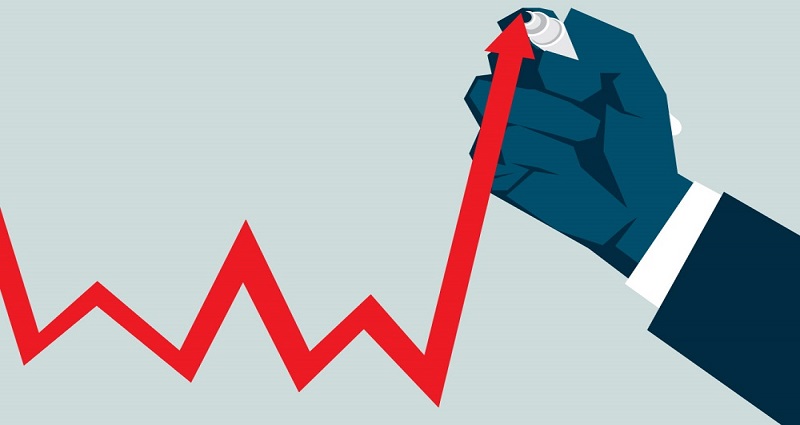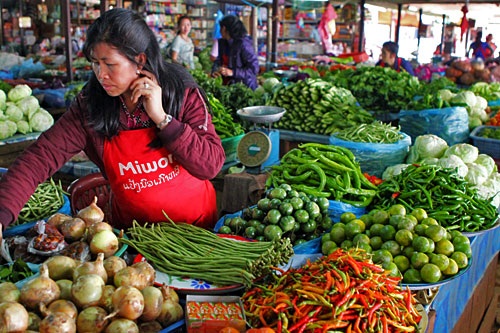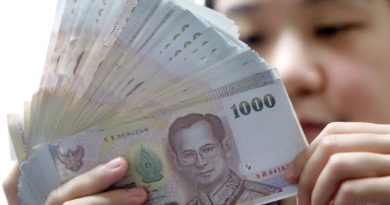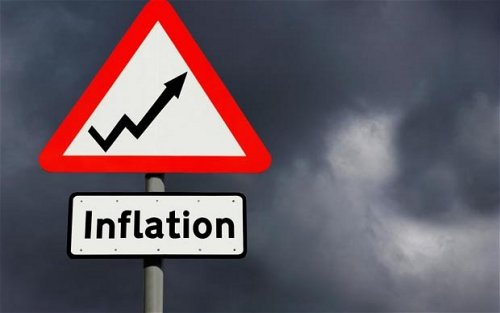Inflation Rises In Laos Amidst Covid Pandemic
Source: Vientiane Times
The inflation rate is increasing in Laos despite the government’s measures to regulate the prices of goods in the local markets.
According to the Bank of Lao PDR, the inflation rate over the past six months of this year averaged at 5.98 percent, an increase of almost 4 percent compared to the same period last year.
In January this year, the inflation was recorded at 6.94 percent, decreasing to 6.24 percent in February, 6.14 percent in March, 5.84 percent in April, 5.46 percent in May and 5.28 percent in June.
Experienced independent economist Dr Mana Southichak told Vientiane Times on Monday that the fluctuation in exchange rates is one of the main factors driving up prices in markets.
“There is no sign for the inflation to go down in Laos,” Dr Mana said. “The inflation in our country is directly correlated with the stability of Lao kip.”
The coronavirus pandemic has enormously affected the tourism sector, investments and exports which are considered as key areas for generating foreign exchange in Laos.
The government has acknowledged that Laos will suffer huge losses due to Covid-19 this year, stating that the country’s economy is expected to grow between 3.3 percent and 3.6 percent.
The virus impacted the supply chain, hindering productivity, with many companies laying off workers and halting part of their business activities.
The government is struggling to stabilise exchange rates in an effort to curb inflation, which is mainly driven by food and medical goods. Residents in Vientiane have been voicing their grievances over the rising prices of products in the capital, particularly prices of food items in local markets.

For instance, the price of pork continues to go northwards, contributing to further increases in the cost of living.
According to BCEL Bank’s exchange rates on August 3, US$1 was being bought at 9,059 kip, and selling at 9,079 kip. One baht for 316.4 kip, sold for 318.8 kip.
Dr Mana said it could take months or years for Covid-19 to fade away and this will further pose a great challenge for Laos to boost its foreign currency reserve.
“During this period of the virus outbreak, it will be hard for international tourists and investors to come to our countries. There will be less new foreign investment projects in Laos which can mean less foreign exchange will come to the country,” he said.
Falling currency reserves could create more pressure on Laos to maintain exchange rates and curb inflation.
One of the main challenges for Laos is its small domestic production capacity and dispersed markets as well as a lack of advanced farming methods and equipment.
In addition to equipment and machinery, animal feed and fertilisers are also often imported from other countries which increases the cost of production.





